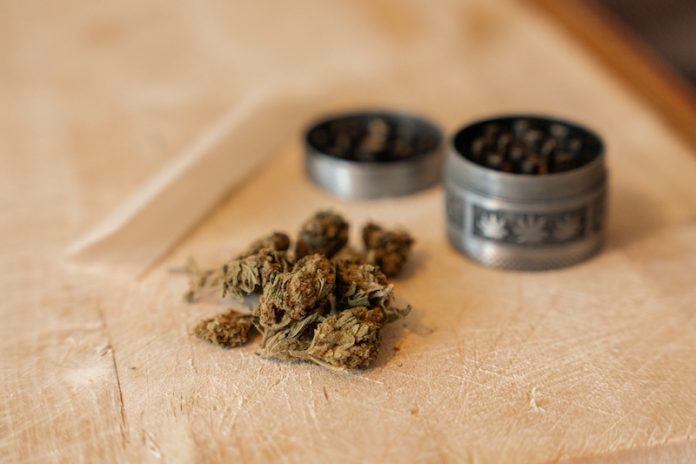
A new study from the University of Missouri School of Medicine suggests that using alcohol and cannabis at the same time could change how people feel about drinking — and not in a good way. When the two substances are used together, people may not feel the negative effects of alcohol as strongly.
This could lead them to drink more than they normally would, possibly increasing the risk of alcohol addiction, alcohol-related health problems, and dangerous behaviors like drunk driving.
Many young adults use both alcohol and cannabis, and often they use them at the same time. For some, it’s a way to cope with stress or to feel better during difficult times. But this new research warns that mixing the two can trick people into thinking alcohol is less harmful than it really is.
The study, published in the journal Drug and Alcohol Dependence, was led by Andrea Wycoff, Ph.D., an assistant professor of psychiatry at the MU School of Medicine. She says that understanding why people use both substances together — and how they feel during and after — is important for developing better treatment and prevention strategies for substance abuse.
The study involved 88 adults who were asked to complete multiple surveys each day using their phones. Whenever they had recently used alcohol or cannabis, they were prompted to answer follow-up questions about their mood and how they felt physically and emotionally.
In total, the team collected more than 6,000 entries, giving them a clear, real-time picture of what was happening in the participants’ daily lives.
This method was especially useful because it avoided the problem of people misremembering or guessing how they had felt later. It allowed the researchers to see how people actually experienced the effects of alcohol and cannabis use in the moment.
What they found was striking: when people used both alcohol and cannabis at the same time, they tended to feel better than when they used only one of the substances. They also reported fewer negative effects — particularly those caused by alcohol — during simultaneous use.
This may lead users to underestimate the risks of drinking, which can increase the chances of developing alcohol use disorder and engaging in risky behaviors like driving under the influence.
This is a serious concern because alcohol on its own can cause a wide range of health problems. Long-term heavy drinking can damage the liver, heart, and brain, and it increases the risk of some cancers.
Cannabis also has health risks, especially when use begins in the teenage years and continues heavily. These include memory and thinking problems, changes in brain development, lung issues (from smoking), and the risk of addiction or mental health problems like anxiety or psychosis.
Dr. Wycoff and her co-author, Professor Timothy Trull, believe that while more research is needed on the health effects of cannabis, especially when used alongside alcohol, the current findings highlight the need to understand the psychological reasons people mix the two.
They emphasize that future studies should also include people who are already in treatment for substance use. These are often the people most affected, and helping them understand how alcohol and cannabis affect their mood and behavior could lead to more effective support and recovery programs.
In short, this study reminds us that using cannabis and alcohol together isn’t harmless. In fact, it may be more dangerous than people realize — not because it causes immediate harm, but because it can mask the warning signs our bodies usually give us when we’ve had too much to drink. Recognizing these hidden risks is the first step to safer habits and better mental health.
If you care about alcoholism, please read studies that your age may decide whether alcohol is good or bad for you, and people over 40 need to prevent dangerous alcohol/drug interactions.
For more information about alcohol, please see recent studies about moderate alcohol drinking linked to high blood pressure, and results showing this drug combo shows promise for treating alcoholism.
The research findings can be found in Drug and Alcohol Dependence.
Copyright © 2025 Knowridge Science Report. All rights reserved.



